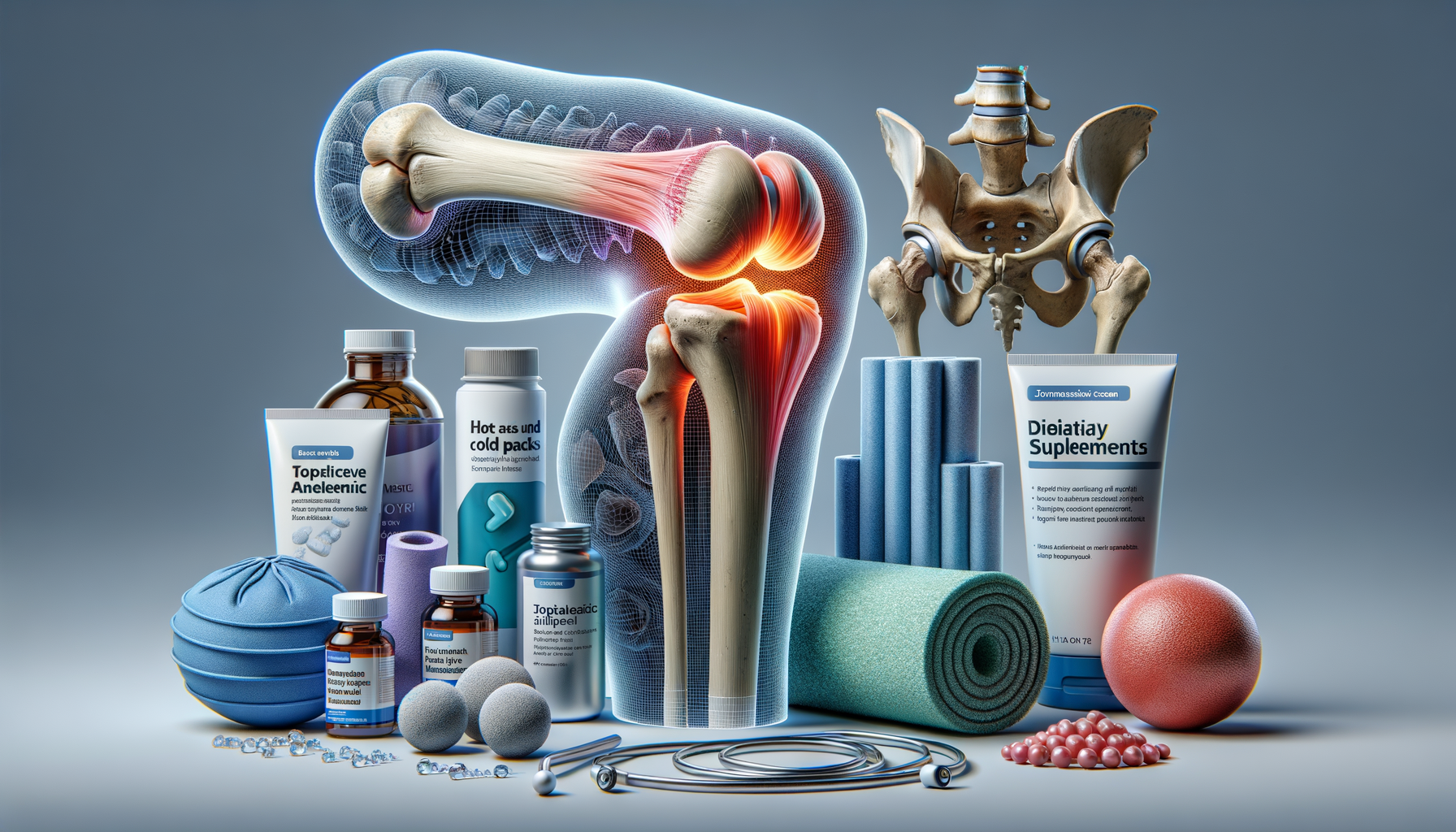Introduction to Joint Pain and Its Impact
Joint pain is a common ailment that affects millions of people worldwide, impacting their daily activities and overall quality of life. Whether it’s due to arthritis, injury, or other medical conditions, joint pain can be debilitating, making simple tasks challenging. Understanding the causes and available treatments is essential for managing symptoms and maintaining an active lifestyle. This article delves into various treatment options and lifestyle changes that can help alleviate joint pain and enhance comfort.
Understanding the Causes of Joint Pain
Joint pain can arise from a multitude of causes, each requiring a different approach to treatment. Common causes include:
- Arthritis: Osteoarthritis and rheumatoid arthritis are leading causes of joint pain, characterized by inflammation and degeneration of joint tissues.
- Injuries: Sprains, strains, and fractures can lead to temporary or chronic joint pain.
- Overuse: Repetitive movements or excessive physical activity can strain joints, leading to pain.
- Infections: Bacterial or viral infections can cause joint inflammation and discomfort.
Identifying the underlying cause of joint pain is crucial for effective treatment. Medical professionals often use diagnostic tools such as X-rays, MRIs, and blood tests to determine the cause and severity of joint pain, guiding appropriate treatment plans.
Conventional Treatments for Joint Pain
Several conventional treatments are available to manage joint pain, each with varying degrees of effectiveness. These treatments include:
- Medications: Over-the-counter pain relievers and anti-inflammatory drugs can provide temporary relief. In more severe cases, doctors may prescribe stronger medications or corticosteroid injections to reduce inflammation.
- Physical Therapy: Tailored exercises and physical therapy can help strengthen muscles around the joints, improving mobility and reducing pain.
- Surgery: In cases where joint damage is severe, surgical interventions such as joint replacement or arthroscopy may be necessary to restore function and alleviate pain.
Conventional treatments often provide relief, but they may not be suitable for everyone. It’s important to consult with healthcare professionals to determine the best course of action based on individual needs and medical history.
Alternative and Complementary Therapies
In addition to conventional treatments, many individuals explore alternative and complementary therapies to manage joint pain. These options include:
- Acupuncture: This ancient Chinese practice involves inserting thin needles into specific points on the body to relieve pain and improve overall well-being.
- Herbal Supplements: Certain herbs and supplements, such as turmeric and glucosamine, are believed to reduce inflammation and support joint health.
- Massage Therapy: Regular massage can help reduce muscle tension and improve circulation, potentially easing joint pain.
- Yoga and Tai Chi: These gentle exercises promote flexibility, balance, and strength, which can be beneficial for joint health.
While alternative therapies can offer relief, it’s important to approach them with caution and seek guidance from healthcare professionals to ensure they complement existing treatments and do not interfere with medications.
Lifestyle Changes to Support Joint Health
Adopting certain lifestyle changes can significantly impact joint health and reduce pain. Consider the following strategies:
- Maintain a Healthy Weight: Excess weight puts additional stress on joints, particularly in the knees and hips. Achieving and maintaining a healthy weight can alleviate pressure and reduce pain.
- Stay Active: Regular physical activity helps maintain joint flexibility and strength. Low-impact exercises such as swimming, cycling, and walking are excellent options for joint health.
- Follow a Balanced Diet: A diet rich in anti-inflammatory foods, such as fruits, vegetables, and omega-3 fatty acids, can support joint health and reduce inflammation.
- Prioritize Rest and Recovery: Adequate rest and sleep are crucial for joint recovery and overall health. Listen to your body and allow time for recovery after physical activities.
Incorporating these lifestyle changes can enhance joint health, reduce pain, and improve overall well-being. A proactive approach to joint care can lead to a more active and fulfilling life.
Conclusion: Embracing a Holistic Approach to Joint Pain
Joint pain can be a challenging condition to manage, but a combination of conventional treatments, alternative therapies, and lifestyle changes can provide significant relief. By understanding the causes and exploring various treatment options, individuals can tailor a plan that suits their unique needs. Consulting with healthcare professionals and adopting a holistic approach to joint health can lead to improved comfort, mobility, and quality of life. Remember, small changes can make a big difference in managing joint pain effectively.




Leave a Reply